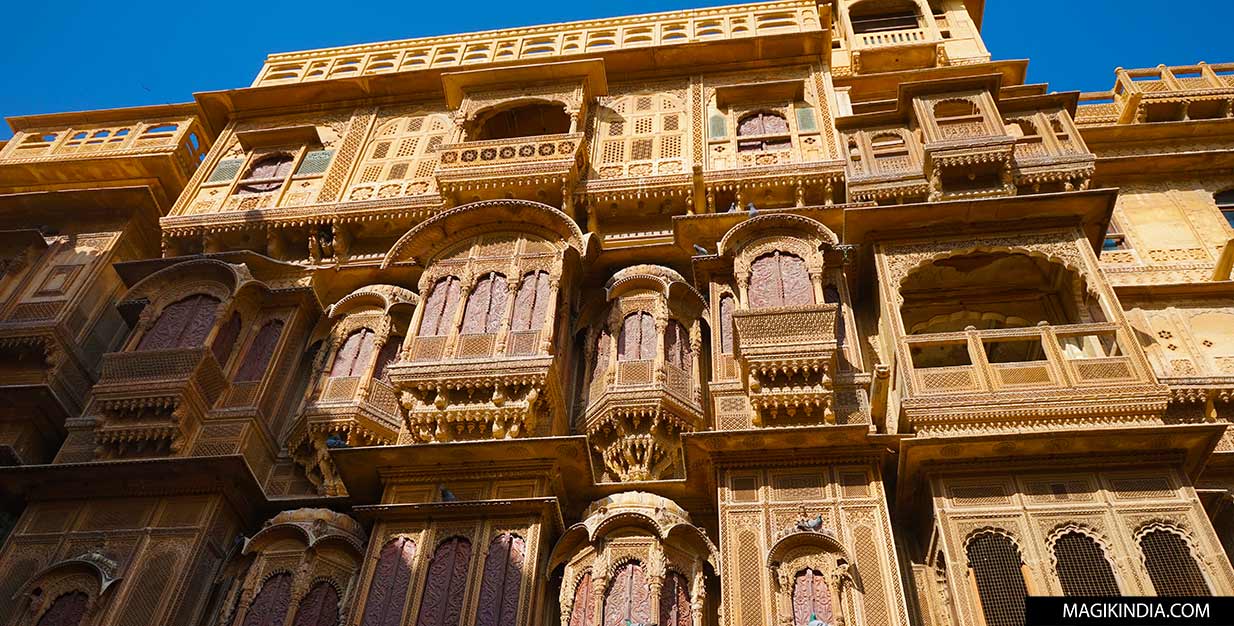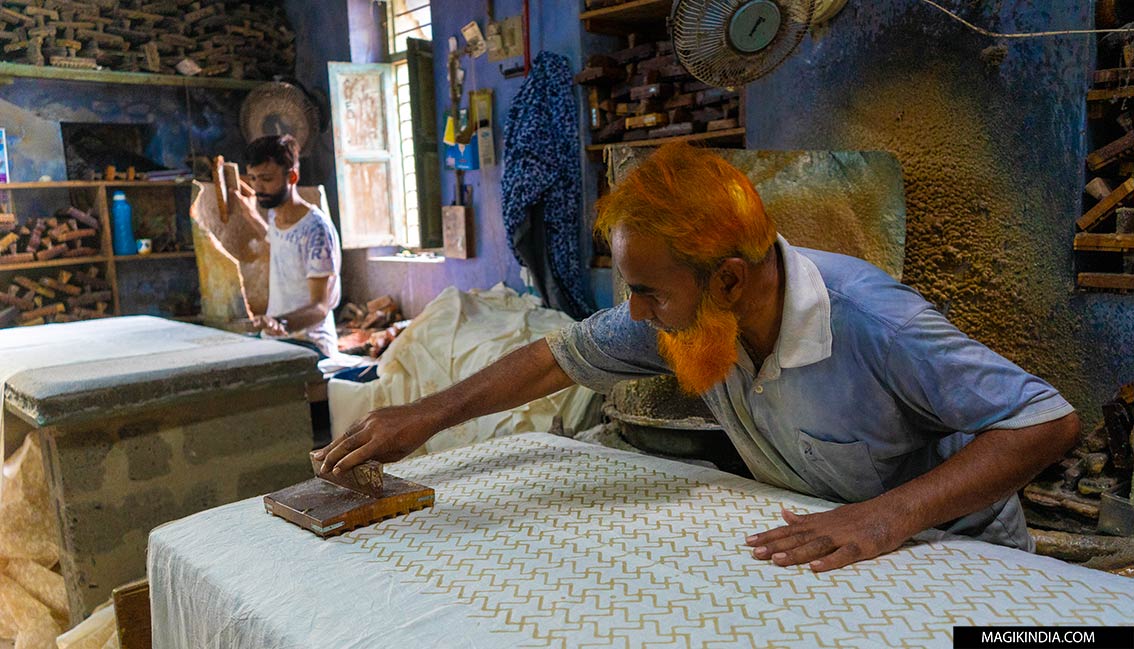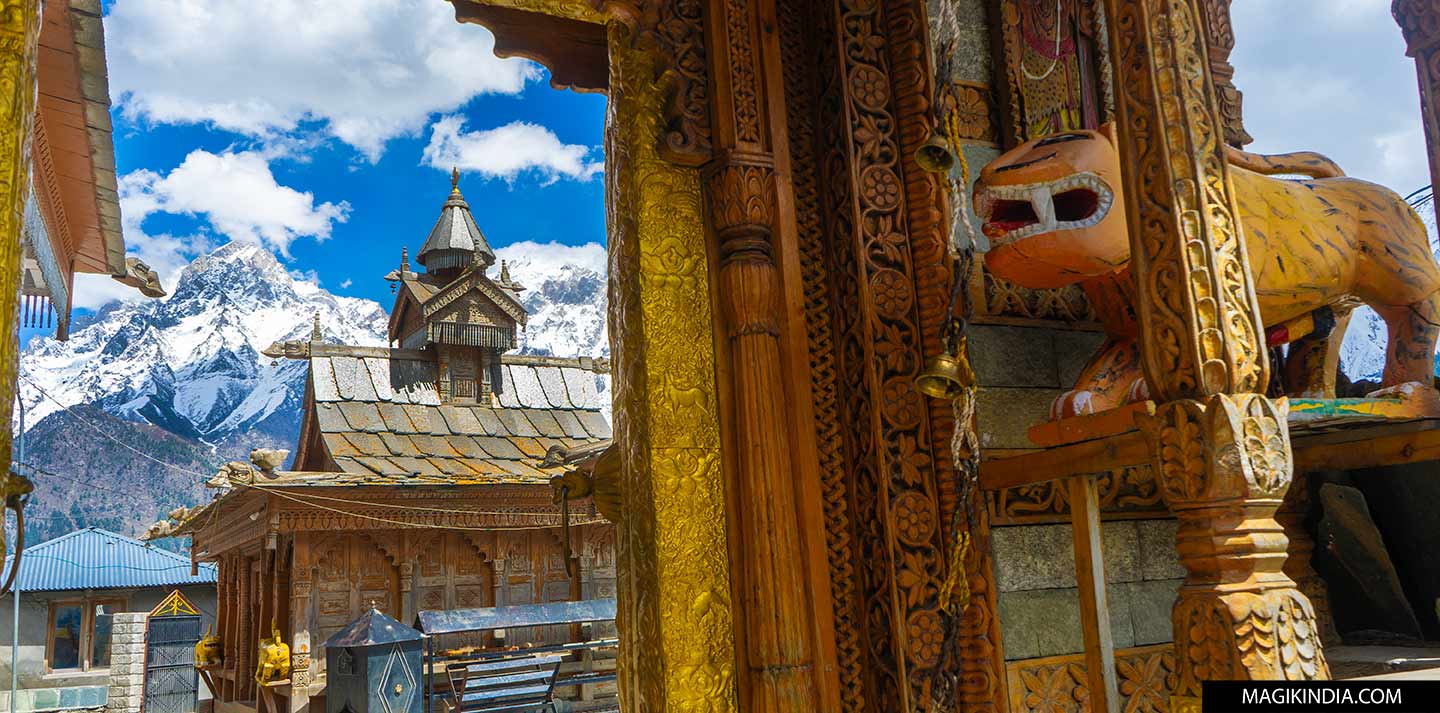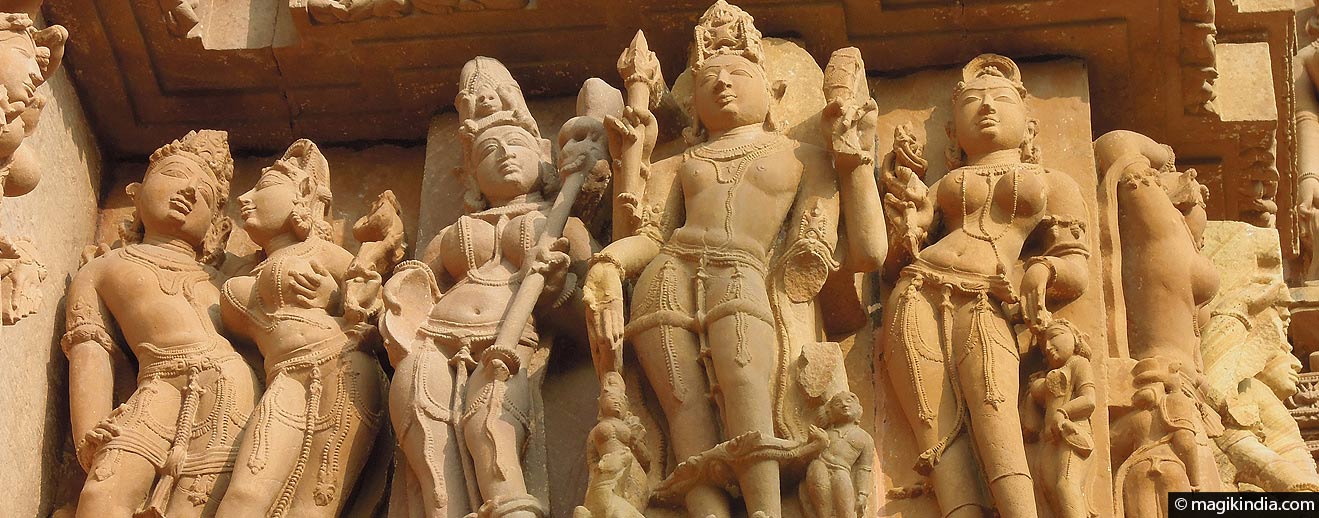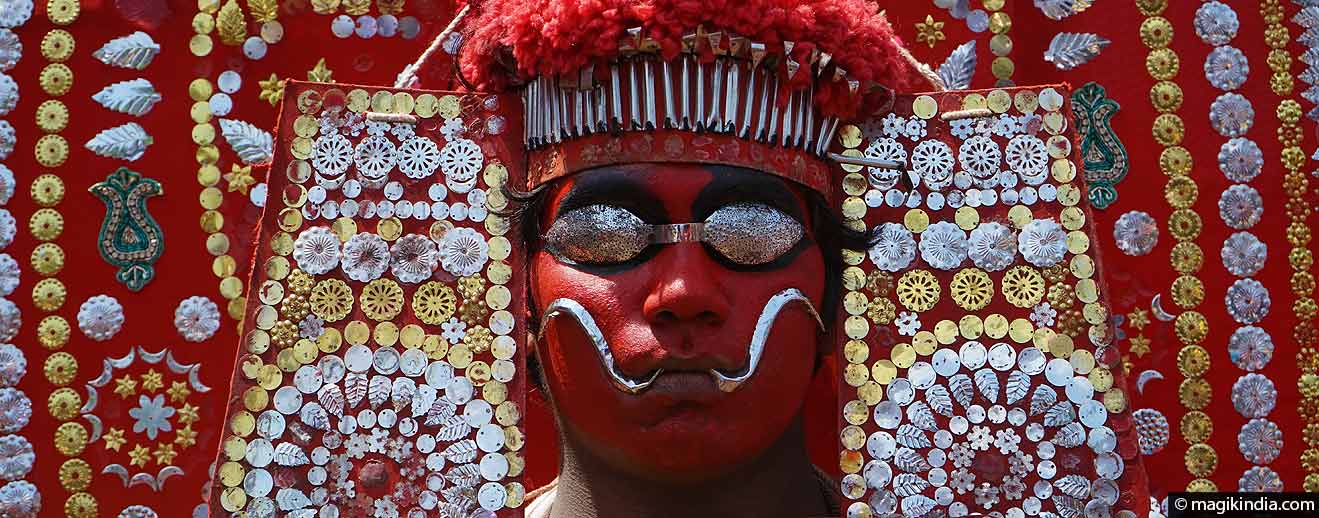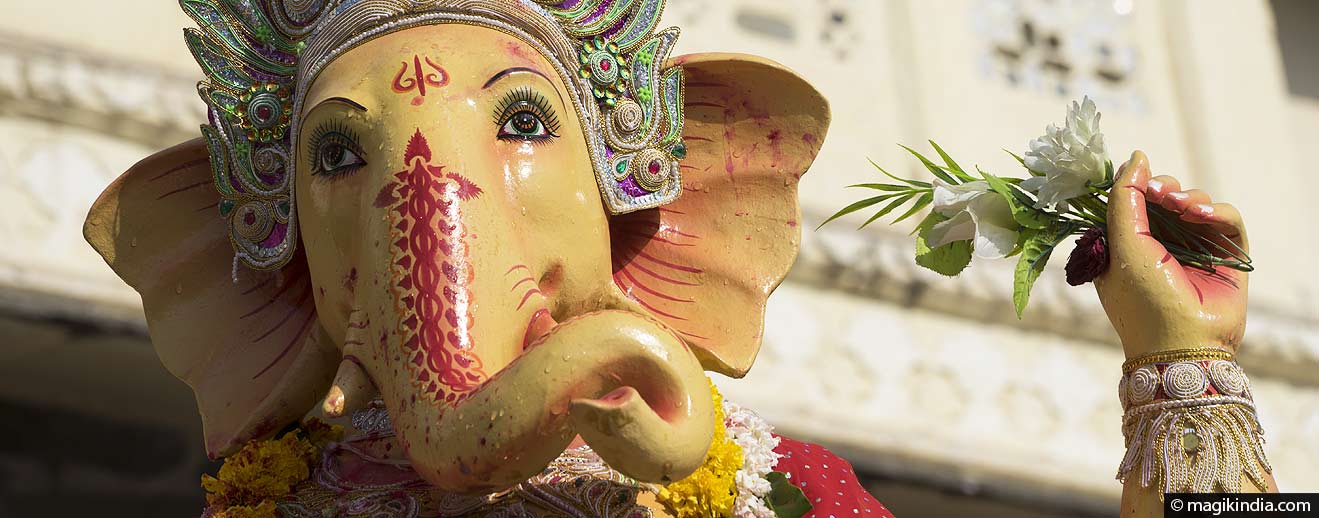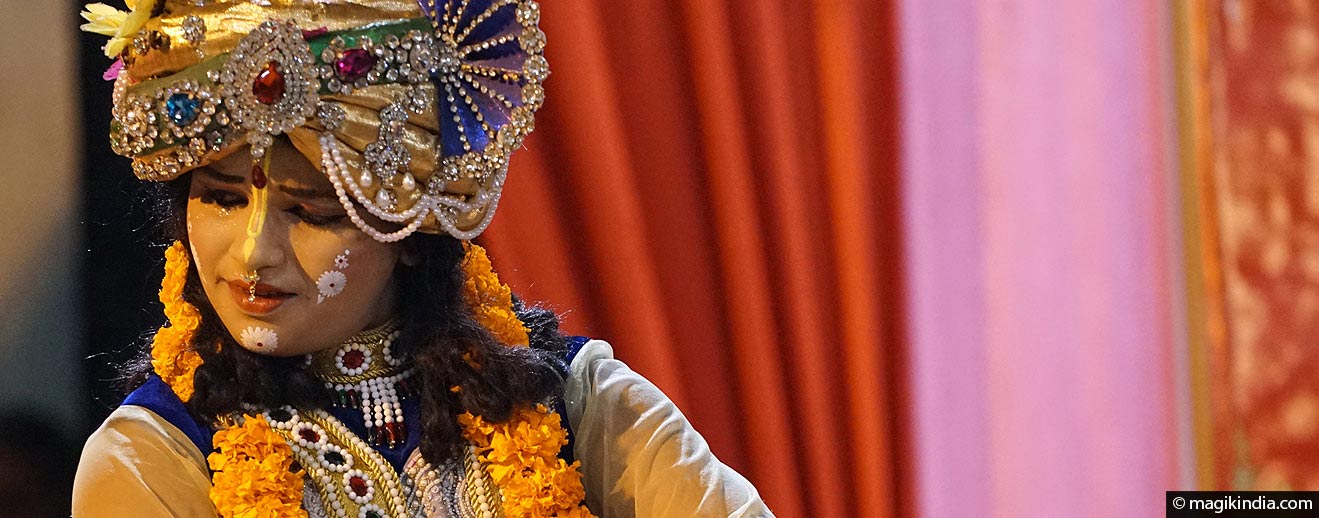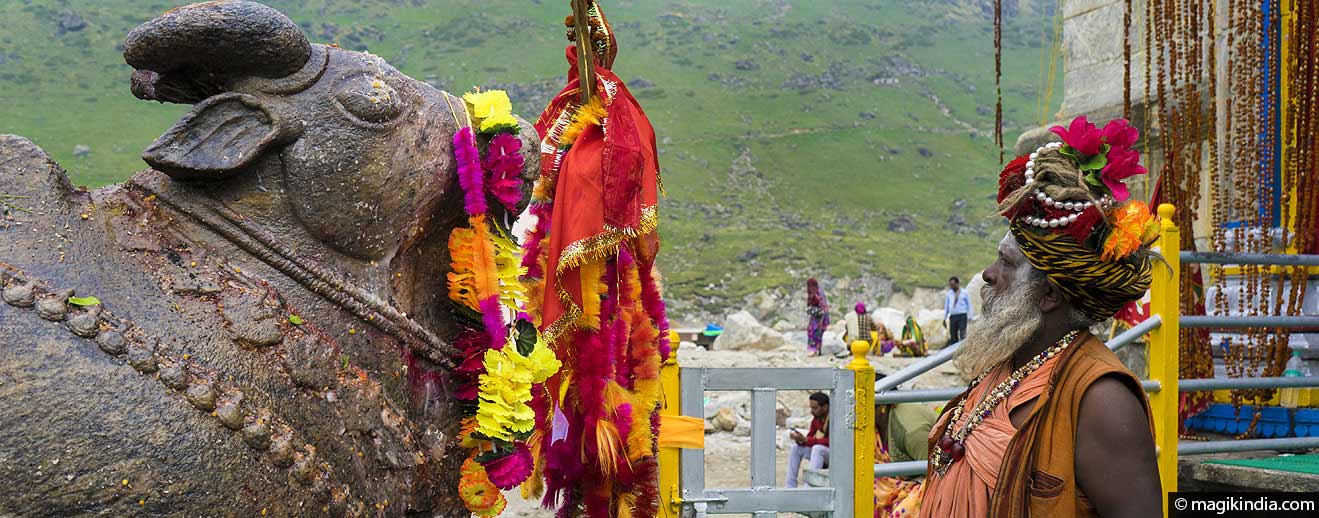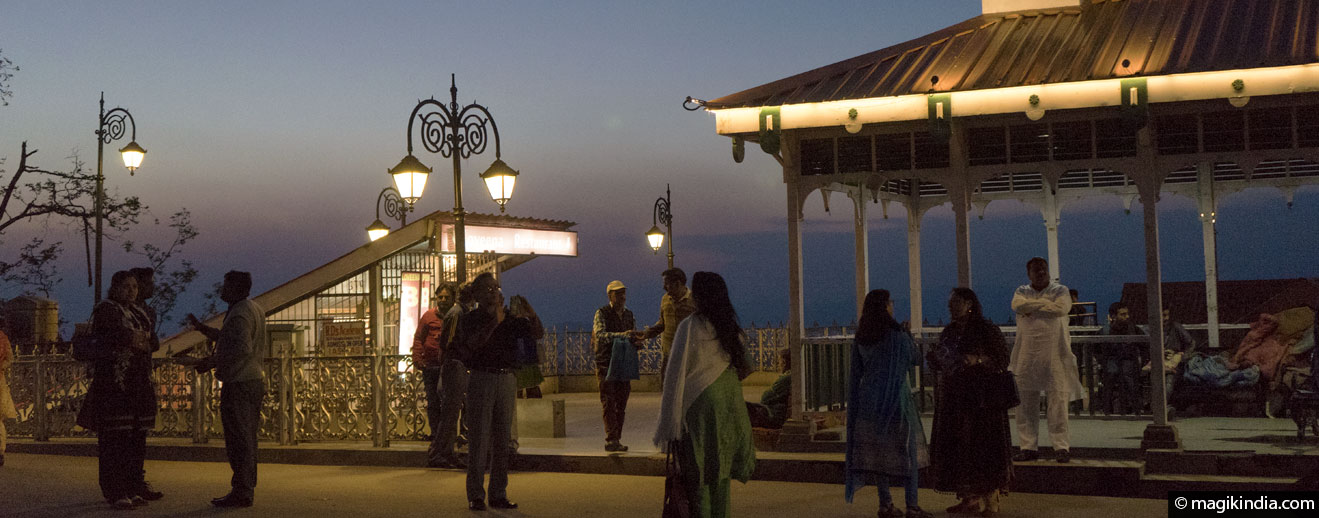
Namaskaram !
Welcome, Padharo ! I'm Mathini, a French woman who has been living in Rajasthan for 10 years. Despite being imbued with Indian culture from a young age it wasn't until 2014 that my Indian adventure really began. I left everything behind in France and set off on a 6-year journey through the land of Gandhi. These adventures are gathered in this blog which aspires, in an intentionally positive spirit, to bear witness to India's remarkably diverse and multifaceted cultural heritage. If this website sparks a desire to pack your bags and set off for an Indian adventure, it will have achieved its purpose. Subh Yatra on Magik India and beautiful explorations in the sacred land of Bharat...
Modhera is a land of legend. It is said that after Lord Rama had vanquished the demon Ravana in Sri Lanka, he and his spouse Sita stopped here on their way home ; so it is not surprising that the Solanki sovereigns should have chosen this holy ground to build a magnificent and wholly unique sun temple.
Onam is Kerala’s biggest festival. It falls in the Hindu month of Chingam (August-September) and marks the return to Earth of the legendary king Mahabali. It is the occasion for colourful festivities that spotlight all that’s best in Kerala culture. Although the origin of the festival lies in Hindu mythology, Onam is celebrated with enthousiams by all communities throughout Kerala. Visiting Kerala at this time of year is an absolute must.
Ganesha Chaturthi is one of the main Hindu festivals. It celebrates the birth of Ganesh, the famous elephant-headed god, son of Lord Shiva and the goddess Parvati. Ganesh is supposed to have been born on Shukla Chaturthi (the fourth day of the waxing moon) of the Hindu month of Bhadrapada (mid-August to mid-September). Ganesh symbolises wisdom, prosperity and good fortune. The festival is celebrated throughout India, but in some parts of the subcontinent, particularly in Mumbai (Maharashtra), it is the occasion for grand festivities.
The Hindu festival of Krishna Jayanti or Krishna Janamashtami marks the birth of the dark-faced, flute-playing god Krishna. He is one of the most popular gods in the Hindu pantheon and the story of his life has influenced in many ways the culture of India. Krishna has many faces: he is the symbol of pure love, wisdom and joy, but above all he is the hero of the Bhagavad Gita and as such he is regarded as a leader and a spiritual master by his faithful.
Raksha Bandhan or Rakhi is a Hindu festival that takes place every year in August, mainly in the North of India, and celebrates the unique bond of love, protection and respect between brothers and sisters. This celebration delivers a strong message of fraternity so that this ceremony extends often to the other members of the family but also to friends as well as to the sisters and brothers by heart.
![]() Char Dham, meaning ‘four abodes’, is the pilgrimage circuit around the four most revered pilgrimage sites in all India. These are in Badrinath, Dwarka, Puri and Rameshwaram. Over time, another Char Dham pilgrimage circuit has developed, in Uttarakhand state in North India. It is known as Chota Char Dham, ‘the four small abodes’ or ‘Himalayan Char Dham’. Hindus believe that a pilgrimage or yatra around the Char Dham cities opens the way to Moksha, liberation from the cycle of deaths and rebirths. They also think that every believer should try to visit each of these places at least once in their life.
Char Dham, meaning ‘four abodes’, is the pilgrimage circuit around the four most revered pilgrimage sites in all India. These are in Badrinath, Dwarka, Puri and Rameshwaram. Over time, another Char Dham pilgrimage circuit has developed, in Uttarakhand state in North India. It is known as Chota Char Dham, ‘the four small abodes’ or ‘Himalayan Char Dham’. Hindus believe that a pilgrimage or yatra around the Char Dham cities opens the way to Moksha, liberation from the cycle of deaths and rebirths. They also think that every believer should try to visit each of these places at least once in their life.
Located 2200m above sea level, Shimla is the capital of Himachal Pradesh and one of the most popular hill stations in northern India. The newlyweds and Indian families fleeing the summer heat come and take refuge there. At the end of the 19th century, Shimla was also the British Raj’s favorite destination due to its ideal location between green hills and snow-capped mountains. They made it their summer capital and left there many refined edifices that make the charm of the city. Shimla is a peaceful stop before heading to the Kinnaur Valley or the North of the State.






